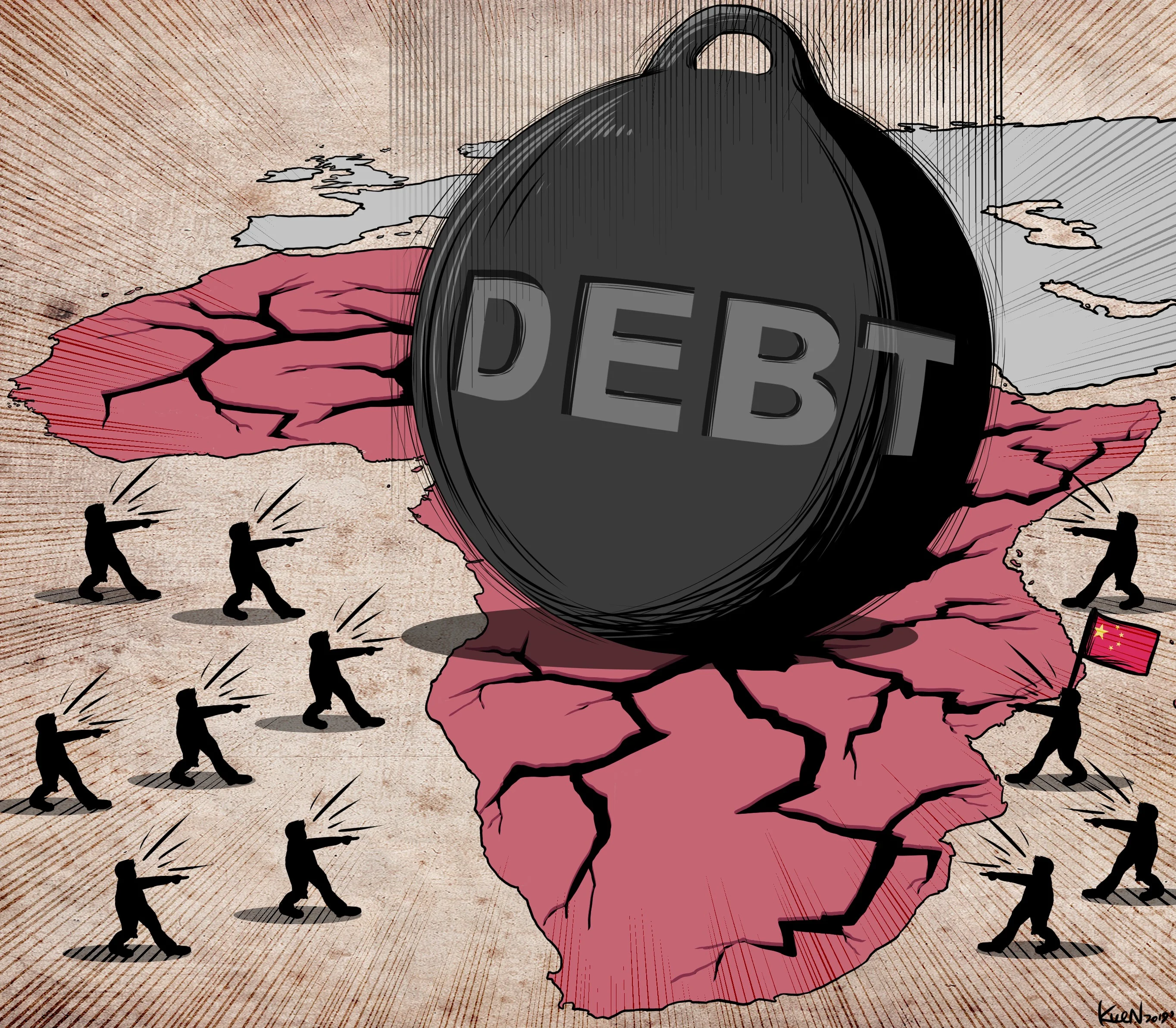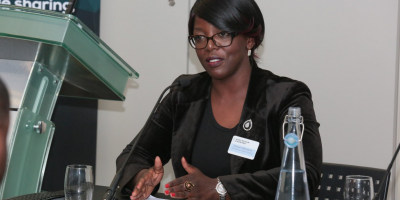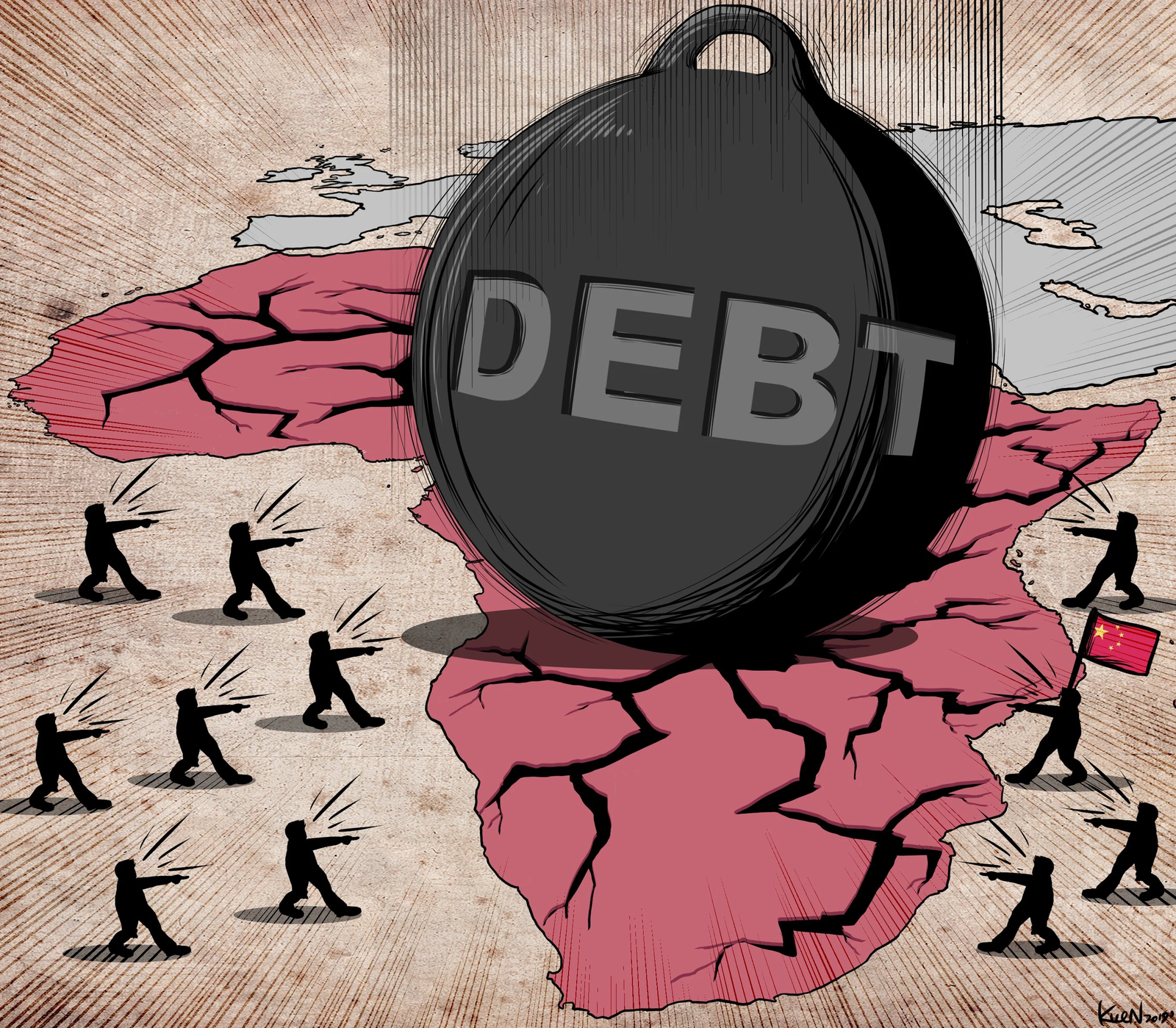
Developing nations are now repaying more to China than they receive in new financing, indicating a growing strain on their economies, which are already battling debt distress and underinvestment in climate action.
- Developing nations are now repaying more to China than they receive, highlighting mounting economic pressures.
- China’s lending to developing countries significantly declined, with countries remitting more than borrowing.
- China remains a major global financier, investing $472 billion in the Global South’s infrastructure since 2008.
- The report suggests strategies such as debt refinancing and South-South trade to revitalise development finance.
Developing nations are now repaying more to China than they receive in new financing, showing a growing strain on economies already battling debt distress and underinvestment in climate action, according to a new report by Boston University’s Global Development Policy Centre.
The report, Reviving Chinese Development Finance in the Global South, found that net debt transfers from China to developing countries turned negative in 2022 and 2023, as nations collectively repaid $3.9 billion more each year than they borrowed.
DON’T MISS THIS: Top 10 African countries with the highest cumulative debt to China (2000–2023)
China, the world’s largest bilateral lender, has long been a major financier of infrastructure in the Global South, channelling over $472 billion through its two policy banks, the China Development Bank and the Export-Import Bank of China, between 2008 and 2024, Reuters reported.
These funds supported more than 900 projects worth $316 billion in transport, energy, water systems, and digital infrastructure, significantly contributing to public assets, economic growth, and poverty reduction, the study noted.
The authors, Rebecca Ray, Kevin Gallagher, Zheng Zhai, Marina Zucker-Marques, and Yan Liang, warned that without a rebound in Chinese overseas lending, growth and climate investment in developing nations could stall.
The paper outlined five measures to reinvigorate development finance in ways that benefit both China and its partner countries: refinancing distressed loans, issuing RMB-denominated bonds, expanding green lending, encouraging cooperative foreign investment, and deepening South–South trade.
Some signs of this revival are already emerging. In June, China announced plans to offer zero-tariff treatment to all 53 African countries with which it maintains diplomatic ties.
DON’T MISS THIS: Kenya’s deepening ties with China ruffle feathers in the U.S.
Beijing’s proposed zero-tariff initiative is seen as a strategic move to boost imports from Africa while offering a lifeline to Chinese state-owned firms struggling with declining demand at home.
Africa deepens yuan ties
Earlier this year, Afreximbank launched its first yuan-denominated panda bond, while in South Africa, the China-Africa Development Fund is preparing to bid for renewable energy transition projects.
In Kenya, Finance Minister John Mbadi announced this week that three major Chinese railway loans have been converted from U.S. dollars to yuan to cut interest costs, a move signalling a deeper financial alignment between China and its African partners.
The conversion, covering $5 billion in railway loans from the Export-Import Bank of China, is expected to save Kenya about $250 million annually and ease pressure on the country’s debt-laden finances.












